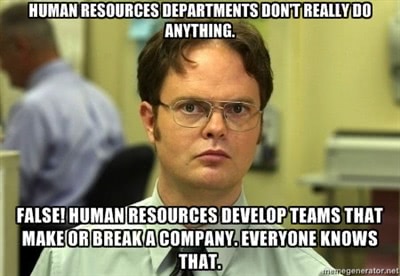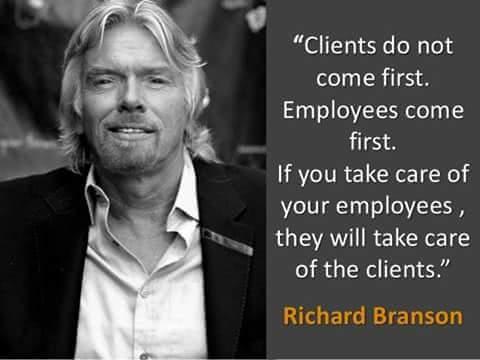 Ever feel like the employee screening process is too difficult? You’re not alone, but a good system can lighten the load later.
Ever feel like the employee screening process is too difficult? You’re not alone, but a good system can lighten the load later.
Employers who screen job candidates using a generic process do so at not only their financial risk, but their industry’s as well, because most of these employees will simply find somewhere else to work that conducts a more insufficient screening process. To minimize chances of injuries and ensuing lawsuits, the human resources department of any conscientious enterprise should assure that the screening process is thorough—that it is designed to detect hints of lifestyle habits that might affect the performance of a given job applicant.
Lifestyle habits such as drinking and substance abuse should be the two premier targets of a comprehensive screening process if a company wishes to avoid costly accidents, court cases, and the resulting impacts on their insurance policies.
Here are two glaring obvious facts that drive home the importance of a comprehensive screening process:
–Drug abuse and addiction cost U.S. companies $100 billion each year, according to labor and accident insurance statistics.
–More than 70 percent of those abusing illicit drugs in America are employed, as are most binge drinkers, according to the National Council on Alcoholism and Drug Dependence (NCADD).
So, most job applicants who suffer such lifestyle habits circulate from workplace to workplace. This is why detection of such addictions before the employee sets foot on the work floor is paramount to preventing injuries to those hired as well as to their surrounding peers. Adding to the need to get it right the first time when screening is the trending attitude of OSHA (Occupational Safety and Health Administration). OSHA’s new rule on tracking injuries and illnesses due to substance abuse does not ban drug testing of employees, but it puts more weight on an employer’s initial screening process because it prohibits employers from using testing or the threat of it after an employee accident is reported.
Given the fact that some drug users can still slip through the cracks of the best screening model, it is best to follow up by monitoring employee behavior after being hired. A problem, then, can still be detected before it results in injury or harm to the company.
Still, however, the amount of time human resources staff should spend on detecting potential abuse problems should be a judgment call, based on the type of industry involved. Author and research scientist Michael Frone, in his book, Alcohol and Illicit Drug Use in the Workplace, suggests that drug screening should be used mainly where safety is concerned—worksites that require forklift operators, truck drivers, pallet drivers, meat slicers, or power tool users.
Frone points out that there are other reasons besides drugs or alcohol for unproductive performance at work, including family problems, emotional setbacks, and dysfunctional personalities.
Given the diverse reasons that could account for an individual’s lack of productivity or inattention that puts the employee and other employees in danger, employers must be watchful for indicators outside of merely alcohol or drugs. After all, substance abuse screening simply involves medical devices, some as easy to apply as saliva tests, in which a swab is placed in the mouth to sample residuals in the saliva. It is an evidence-based test that can be applied before a worker is hired. This is why post-screening practices are so important in detecting problems unrelated to substance abuse.
Supervisors must conduct solid post-screening observation during an employee’s first weeks or months on the job—keeping an eye on those who hint of lifestyle problems affecting their work. For example, if a worker is regularly talking to associates about money problems or how expensive everything is, it may be that the worker is spending his or her wages on drugs or alcohol. But, it can be just as likely that the person is merely burdened by a recent divorce that includes alimony or child support or fighting a gambling habit.
Management should keep in mind that incompetence is not always drug or alcohol related. Following are some indicators that can signal employers it is time to speak with the employee in an attempt to identify the reason or reasons behind the worker’s inattentiveness:
1. A decline in personal appearance or hygiene
2. The employee often complains of relationships, such as those at home
3. The worker takes an inordinate amount of time off for alleged illness or family matters
4. The employee is often late for work or slow getting started
5. The worker seems tired and lethargic throughout the day
Employers, of course, can issue official warnings that an employee performing below expectations will be terminated if that employee does not rectify the matter. Alternatively, the employer can choose to guide the employee toward helpful resources to overcome their personal obstacle. Human resources staff can compile data about help sites, local clinics, mentors, advisers, and groups such as Alcoholics Anonymous (AA). The employer can then reference such help and reach an agreement with the employee that helps improve the situation, instead of leaving it solely up to the employee to find help or be fired.
An employee is an investment worth diligent screening, but also worth restoring to a productive capacity, especially if that employee possesses experience, skills, and work habits fostered well before the personal or substance abuse problems ensued. Identifying your employees’ lifestyle problems before they take a toll on your business is imperative, whether during initial screening or afterward.





